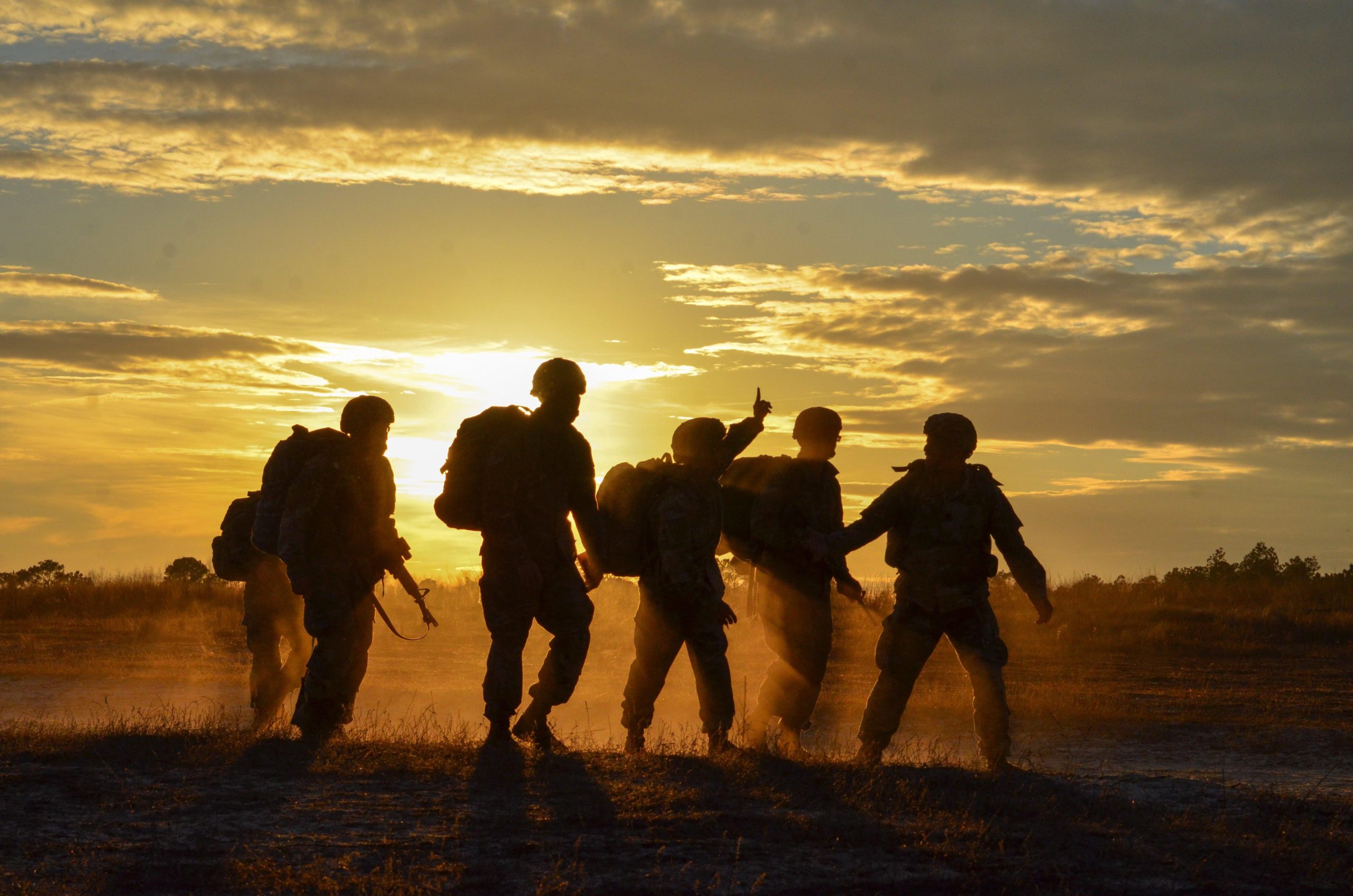Every nation pays premiums for the future it seeks to protect. In India’s case, that premium is not financial—it is human. The armed forces are the country’s insurance policy for survival in war, stability in peace, and resilience in crisis. They are first to fight on the border, first to wade into floodwaters, first to restore order when civilian machinery falters. They are at the forefront of parades when the nation celebrates itself, and at the forefront of funerals when it mourns.
Yet when it comes to dignity in policy—salaries, pensions, and professional recognition—these same forces are treated as expendable.
An insurance policy undervalued
If an insurance policy guarantees security, it is paid regularly and fairly. India’s armed forces, however, are asked to insure the state at a discount.
The Seventh Central Pay Commission (CPC), implemented in 2016, captured the imbalance. At Siachen, the world’s most dangerous military posting, officers receive a capped “risk and hardship allowance” of ₹31,500. In Shillong, an IAS officer receives a “special duty allowance” exceeding ₹60,000. Justice A.K. Mathur, the commission’s own chairman, admitted that “the main cause of the resentment among the services is that over a period of time the Indian Administrative Service has arrogated itself to all power of governance.”
The resentment runs deeper than allowances. It is about being equated downward—Lieutenant Colonels matched with the lowest Group A designations, Junior Commissioned Officers pushed below even non-gazetted staff. It is about the state treating the guarantors of security as second-tier public servants.
Anomalies that never go away
In September 2016, the chiefs of the army, navy, and air force issued unprecedented signals: they would not implement the 7th CPC recommendations until four anomalies were corrected. Their demands were clear: extend non-functional upgrades (NFU) already available to civil servants; restore equitable disability allowances; raise the pay of Junior Commissioned Officers; and adopt a common pay matrix for civil and military services.
The government accepted the commission’s other recommendations, but ignored these. It was a replay of September 2008, when chiefs delayed the 6th CPC for similar reasons. Nearly a decade later, these anomalies remain unresolved, even as anticipation builds around the Eighth CPC.
NFU remains the most visible symbol of discrimination. For civil servants, it ensures that every IAS or IPS officer moves up the pay scale once one batchmate does. For the military, locked in a steep pyramid where only 30 percent become Colonels and fewer than one percent become Major Generals, its denial enforces stagnation. As the late General Bipin Rawat warned, while nearly every IAS officer reached the highest grade pay within 20 years, only 0.62 percent of armed forces officers did so after 30 years. NFU, he argued, was about “the dignity of uniform.”
Excluded from their own future
The armed forces, nearly a third of government employees, have never had a seat on any pay commission since 1973. In 2009, the government promised a separate commission, then diluted it to a military member on the Seventh CPC, then delivered neither. Instead, bureaucrats dominated the process, protecting their own interests while leaving soldiers behind.
As Harsh Pant observed as early as 2008, “the armed forces feel they have never got their due from various Pay Commissions… the dominance of bureaucrats meant that while the interests of the bureaucrats were well-recognised, the armed Services once again ended up getting a raw deal.”
This exclusion erodes trust. When the very machinery meant to evaluate fairness excludes those most affected, the system becomes illegitimate in the eyes of the rank and file.
Morale, recruitment and the future premium
Insurance is not only about current coverage; it is about future risk. For India, the future risk lies in attracting and retaining the talent that will lead its forces in 20 years. That pipeline depends on morale today.
Young Indians weighing careers see the contrast clearly. Civil servants enjoy steady progression, later retirements, and guaranteed NFU. Soldiers retire six years earlier, with fewer allowances and less status. Officers stagnate while bureaucrats rise. Some of the best refuse higher command courses or take early retirement. The premium, in short, is no longer worth paying—for them or for the state.
The result is a slow erosion of the officer corps: the very cadre that must guarantee India’s security in an era of contested borders and internal unrest.
A chance for correction
The Eighth CPC offers a rare opportunity to reverse this trajectory. Including a defence subject matter expert in its deliberations would bring credibility and operational knowledge. Granting NFU, restoring fair disability allowances, and harmonising pay matrices would not bankrupt the treasury. They would, however, signal that the state values its armed forces as more than symbolic props for national pageantry.
Dignity as the true premium
A nation cannot buy security on the cheap. If soldiers are to remain India’s insurance policy, they must be given dignity commensurate with their sacrifice. That dignity is measured not only in parades and rhetoric, but in pay slips, pensions, and professional parity.
India has long claimed that its future depends on its armed forces. The truth is simpler: its future depends on whether those forces continue to believe that serving the nation is worth it.

